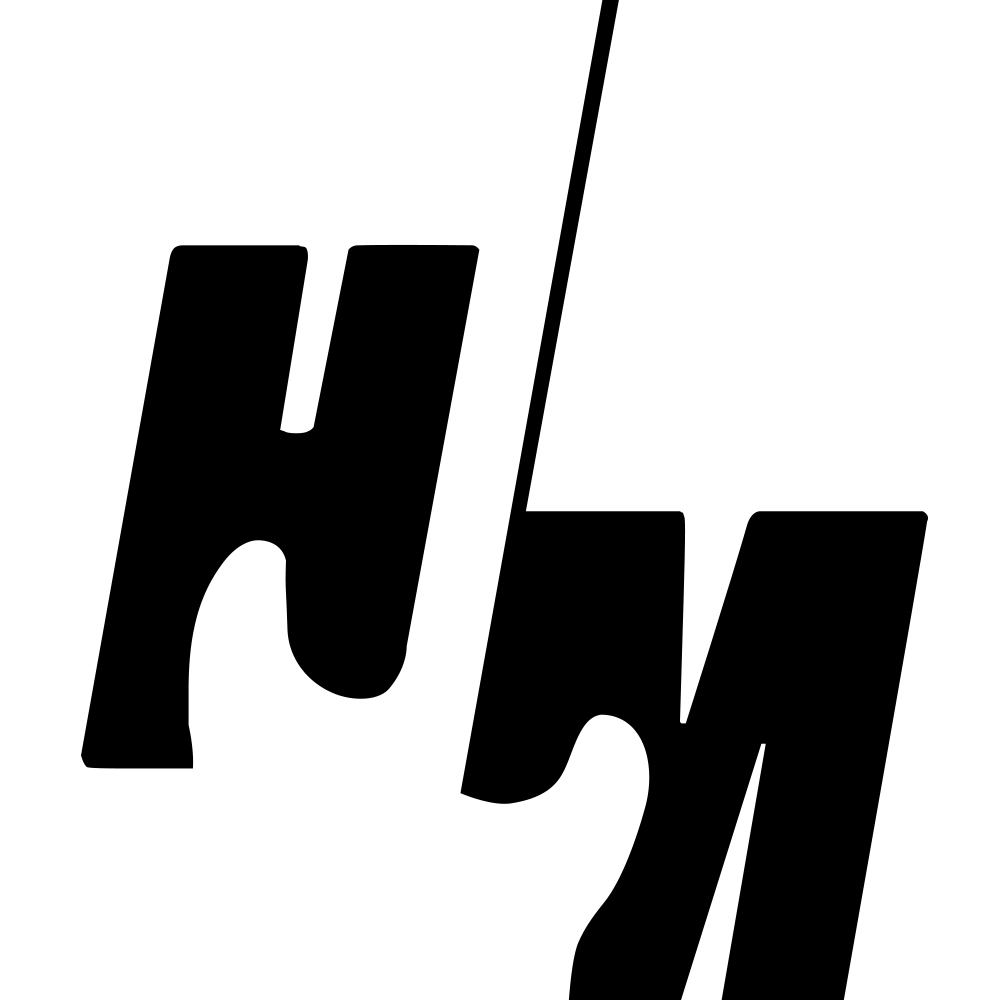CHOOSING A GUITAR SLIDE.
Making the right choice of guitar slide dramatically affects your slide playing and maybe even whether you continue to play at all, so it’s important to get it right. There are many accounts of people using knives, bottles, socket wrenches and anything else that comes to hand as a guitar slide, indeed Duane Allman famously used a medicine bottle, Lowell George used a socket wrench and many players use bottle necks, hence the term bottle neck guitar. So if the great slide players seem to be using anything that comes to hand, why take the time to shop around? Well another case study would be Martin Simpson using ever rarer, harder and more expensive materials throughout his career to find the perfect tone and sustain, eventually coming to tungsten carbide, an extremely hard material that can only be machined using lasers and diamond cutting, needless to say these slides are costly but give amazing results in terms of tone and volume. Consider also the huge number of purpose made guitar slides on the market including many signature models from Derek Trucks, Keb Mo, Billy Gibbons and others.
It’s a very personal choice but understanding a few factors can make this choice easier and if you really get into slide playing you will likely have a few slides to hand, either failed experiments until you find your favorite or because you change slide based on song or what instrument you are playing. Firstly whichever slide you use should fit properly. Your “fretting” hand (left hand) position should be as close as possible to your non slide hand position so the slide must not cover your entire finger but instead come down as far as your first knuckle as shown in the picture below. The slide should not be too loose or too tight, after playing my slide is quite a snug fit but is never stuck on my finger and feels comfortable. Additionally, people use their slide commonly on the third or fourth finger, if you are going to alternate between the two, different slides may be in order.
Assuming you buy the correct size to fit your finger the next important question is what material to choose from. Many slide makers have used exotic materials to get different tones but for now we will look at the three most common, glass, metal and ceramic (glazed). In determining which is right for you reference material is important as is experimentation. Early blues players very commonly used metal slides, either brass or steel. Metal slides give good volume and sustain but the tone can be harsh, great if you want the raw blues sound of Robert Johnson or Son House but not so good if you want to minimize string noise. This is a generalization as slides range from steel and chrome to brass and aluminum to exotic and often expensive coatings or alloys. Glass slides give a smoother sound with slightly less sustain and volume but can be a very pleasing sound, Derek Trucks and Ry Cooder both favor glass slides as did Duane Allman, personally I prefer glass slides for electric guitar and steel for acoustic but that is only my personal preference. Finally Ceramic and glazed slides seem to produce the warmest, quietest tones of all, less popular than glass or steel they definitely give the player something different if you have already tried glass and steel but I would not advise as your first slide. That being said Keb Mo, Billy Gibbons and Joe Perry all have signature ceramic slides.
So we are done right? Well not quite, even if you have decided you want a steel slide and know what size fits you, there will be a startling range of weight, thickness and length options available and the question of straight walled or concave slides. Acoustic guitarists often play alternate bass lines on the low strings playing the melody on the top three strings meaning a shorter slide that doesn’t cover all six strings is an advantage, when starting out however I always recommend a slide that covers six strings to be able to experiment with chords under the slide. Ry Cooder once said that the heavier the slide the better the tone and sustain and having experimented with many slides I tend to agree with this, as do many others. But before purchasing a slide that’s extremely heavy, be aware that a heavy slide presses down more on strings affecting intonation, especially on light electric guitar strings, finding a balance between these two is again down to experimenting and your preference, what feels comfortable, though this is where signature slides can provide an advantage if there is a specific tone you are going for. Finally, some guitars have quite pronounced fingerboards and getting a straight walled slide to touch all six strings is going to cause issues, enter the concave slide that takes this radius in the strings into consideration, some slides also have a sloping interior that can make a comfortable fit and ass weight to the slide, it being thicker at one end.
I keep a wide range of slides in my teaching room for students to try for size, a quick Google search will let you know what type of slide your favorite player is using, but make sure this purchase is based on their tone and not their playing ability, and obviously guitar, amp and effects are a big factor. At time of writing I am having great results with a Martin Simpson signature slide from Wolfram.

